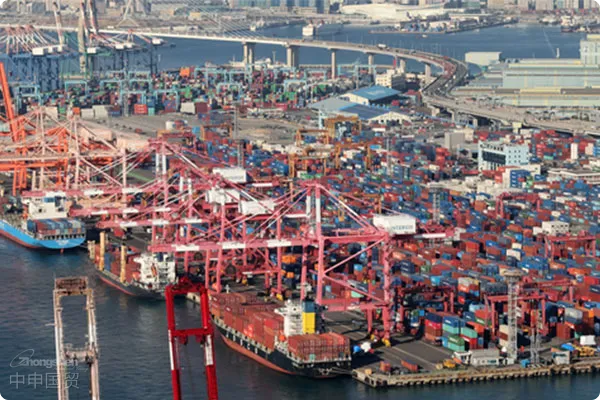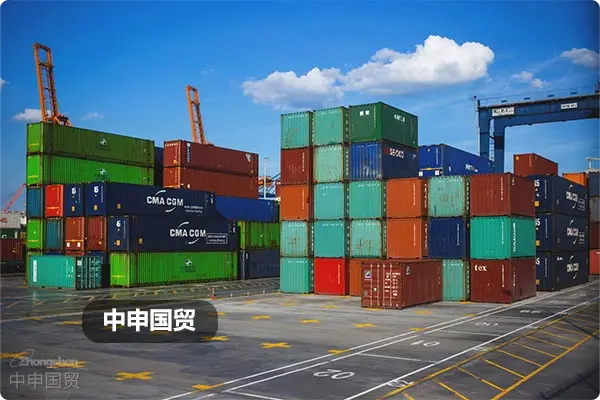- Shanghai Zhongshen International Trade Co., Ltd. - Two decades of trade agency expertise.
- Service Hotline: 139 1787 2118
With the rapid development of nanotechnology, nanomaterials are now widely used across various fields, sparking extensive discussions about their environmental and health impacts. This article provides an in-depth analysis of South Koreas current management and future regulatory directions for nanomaterials.

I. Background of Nanomaterial Regulation
As nanotechnology advances, global understanding of nanomaterials has also improved. For example, in 2022, the EU revised its definition of nanomaterials under REACH for more accurate recognition.
Unique properties of nanomaterials:Due to their distinct structural features, nanomaterials may pose greater risks than macro-scale substances, potentially harming health and ecosystems.
International regulatory references:Countries often refer to EU REACH, US TSCA, and other international regulations for more effective nanomaterial oversight.
South Koreas regulatory status:Dr. Lee discussed nanomaterial regulation under South Koreas legal framework, referencing EU and US assessments to predict compliance adjustments and future trends.
II. Nanomaterial Registration Status in South Korea
South Korea has completed K-REACH registrations for some nanomaterials but faced challenges in the process.
Registered nanomaterials:Currently, the main registered nanomaterials in South Korea include nano-graphite and silicon dioxide.
Classification and Differentiation Issues:For example, multi-walled carbon nanotubes (MWCNTs) and nano-graphite were initially considered the same substance for registration. However, given their structural differences and resulting variations in hazards, they should be treated differently.
3、K-BPR下的申報:Nanomaterials declared under K-BPR mainly include silicon dioxide and various silver salts, commonly used in preservatives, building materials, etc.
Risk Assessment of Specific Substances:For instance, silver zinc zeolite faces restricted applications under EU BPR due to its higher hazard potential.
III. Future Regulatory Directions
South Koreas future regulatory focus on nanomaterials will center on the following aspects:
Size Effects and Biological Responses:Dr. Lee pointed out that smaller-sized particles more easily penetrate biological interfaces, leading to potential biological reactions and toxic effects.
Microplastics and Nanoplastics Issues:The environmental and health impacts of microplastics and nanoplastics have become an international concern.
Improvement of South Koreas Regulatory System:South Korea will work towards establishing a more comprehensive regulatory framework for nanomaterials.
International Cooperation and Reference:South Korean authorities plan to reference other countries research on nanomaterial toxicity to develop domestic experimental guidelines for characterizing nanomaterials.
Related Recommendations
? 2025. All Rights Reserved. 滬ICP備2023007705號-2  PSB Record: Shanghai No.31011502009912
PSB Record: Shanghai No.31011502009912










